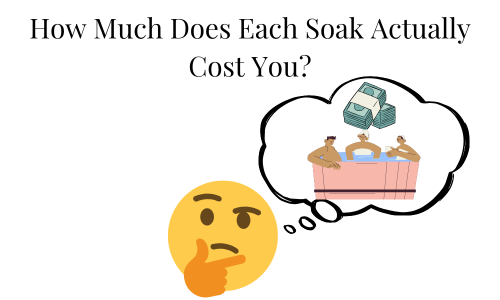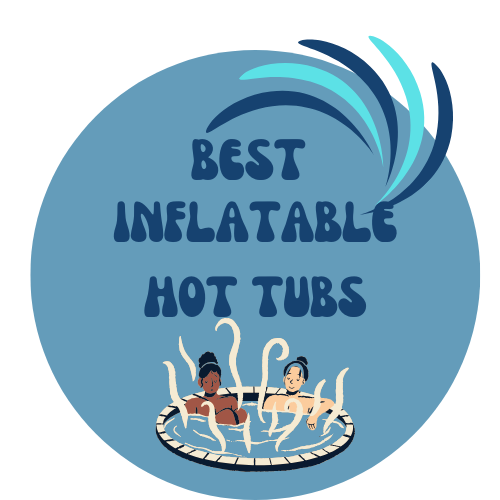We Did the Math

So you’ve got your inflatable hot tub set up, bubbling, and ready to go. You slide in, let the heat melt your bones, and think… “Damn, this is nice.”
But then the question hits you: How much is this actually costing me every time I use it?
We’re talking real-world cost per soak — not just vague “low running costs” like every Amazon listing says. We ran the numbers and factored in the usual suspects: electricity, water, chemicals, filters, and good ol’ wear-and-tear.
Here’s what it really costs, in USD, to enjoy your inflatable hot tub.
Setting the Scene: The Average Owner
Let’s say you’ve got a 4-person inflatable spa with a 250-gallon capacity.
You’re soaking 3 times a week, changing the water every month, and keeping it heated to 104°F.
You live in the U.S. where the average residential electricity rate is about $0.17 per kWh.
You’re not cutting corners, but you’re not running a day spa either. Just a normal backyard soak schedule.
1. Electricity — The Hidden Hero of Hot Tub Costs
Heating the water from scratch takes about 6 to 10 kWh, depending on the weather and insulation. We’ll say 8 kWh on average. That’s $1.36 just to get the water hot.
But you’re not reheating from cold every time. Most of the time, you’re just maintaining the temp for your 30- to 45-minute soak. That maintenance takes about 1.5 kWh per session, or $0.26.
To be fair, you’ve got to account for that initial heat-up over the month. So spread that $1.36 across 12 soaks — it’s about 11 cents per soak.
Altogether, each soak is using about $0.37 in electricity.
2. Water — Cheaper Than You Think
Filling your tub with around 250 gallons costs, on average, $1.50 to $2.00 in most areas of the U.S. (including sewer fees). If you’re changing the water once a month and soaking 12 times, that’s roughly 16 cents per soak.
Add a little extra for topping off water lost to evaporation or splash-outs, and you’re looking at $0.20 per soak for water.
3. Chemicals — The Real Cost Sneaks Up
This is where things can add up fast if you’re not careful. You’ll need:
- Chlorine or bromine
- pH and alkalinity balancers
- Shock treatments
- Test strips
All in, the average user spends about $15–20/month on hot tub chemicals, assuming you’re staying on top of it and not dealing with green water emergencies.
Let’s round it to $18, divided by 12 soaks: $1.50 per soak.
If you get lazy with testing and balancing? Expect to use more, or have to drain the tub and start again. Which leads to…
4. Filters & Minor Wear — The Stuff Nobody Mentions
Filters last around a month if cleaned properly — and cost about $6–$10 each. Let’s say $8, and we’ll throw in a few dollars’ worth of replacement parts, patches, or cleaner now and then. Round it off to $10/month in wear-and-tear.
That’s $0.83 per soak.
Total Cost Per Soak
Now let’s add it up:
- Electricity: $0.37
- Water: $0.20
- Chemicals: $1.50
- Filter/wear: $0.83
Grand total: $2.90 per soak
That’s less than a Starbucks latte.
Want It Even Cheaper?
If you share your tub with a partner or use it more often, the cost per session drops even further. Soaking 20 times a month brings that total down closer to $2.00 per soak.
And while you can cut corners — like using the heater less often, skipping chlorine (not recommended), or running the jets on lower settings — $3 per soak is a fair average for someone who maintains their spa properly.
Final Verdict
$2.90 per soak for your own private spa experience is a steal.
Think about it:
- A massage? $80
- A day spa? $120
- Even a basic gym with a hot tub? $60/month — and you’re sharing it with strangers
Your inflatable tub is giving you luxury, solitude, and that glorious steamy exhale… for less than the cost of a fast-food meal.
If that’s not value, what is?
